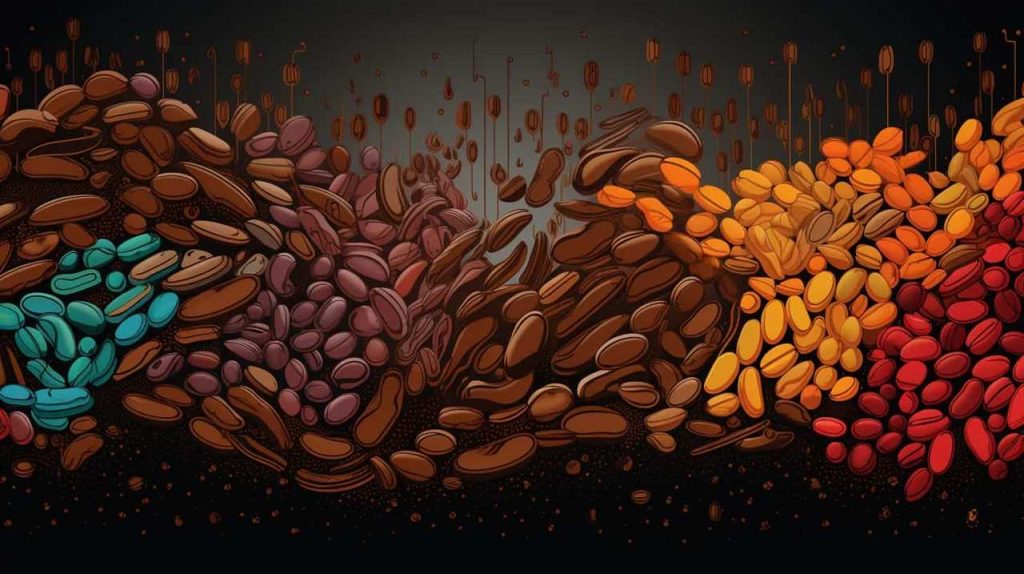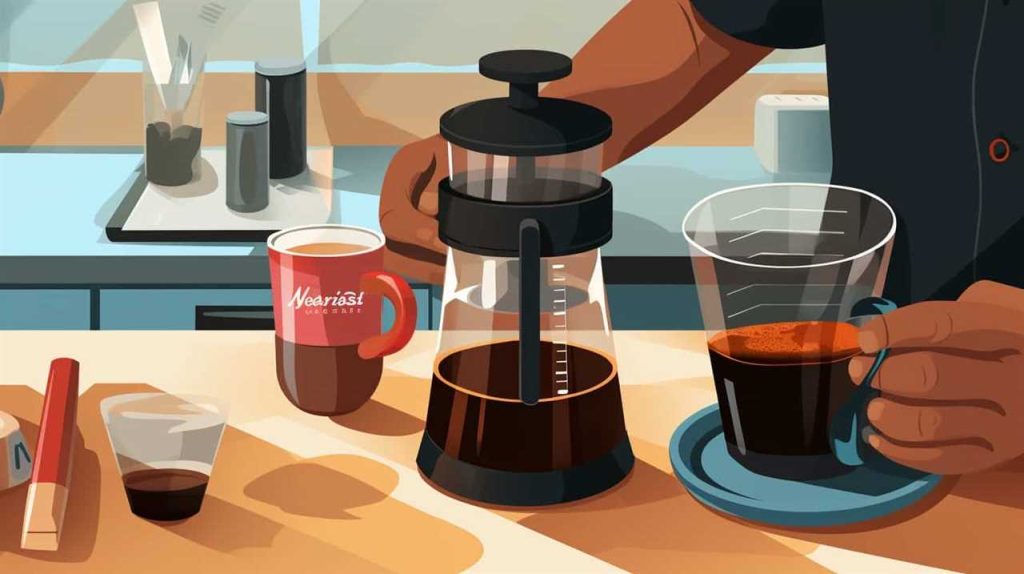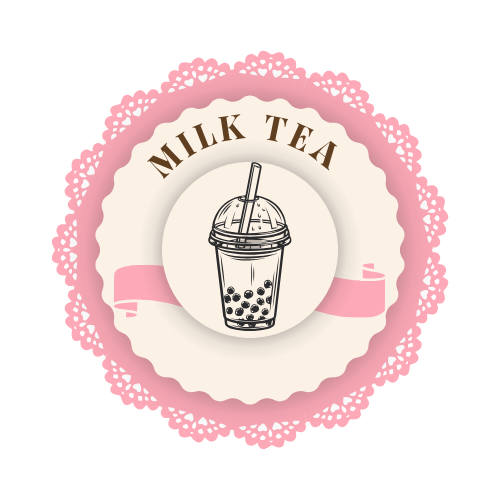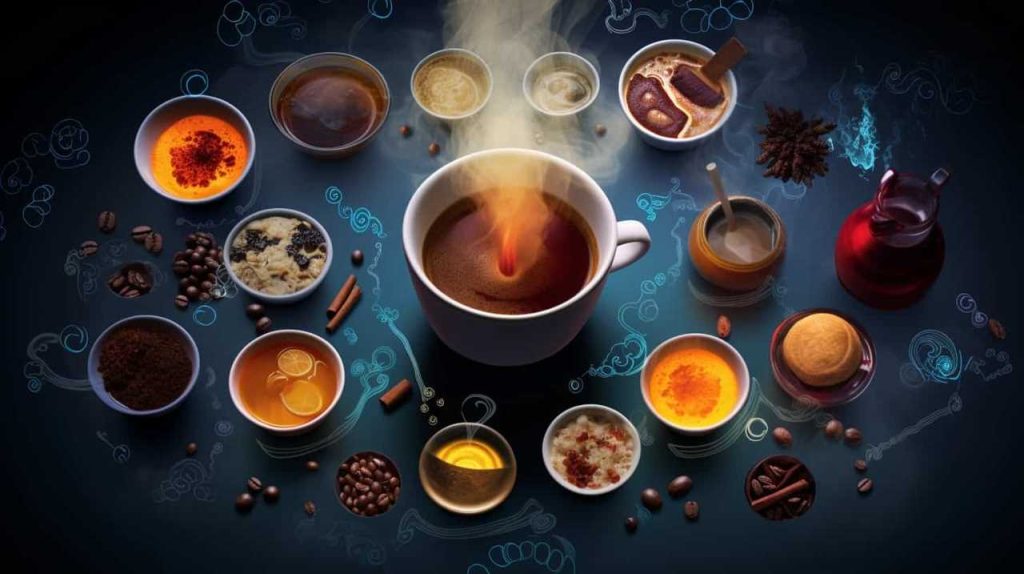Blog
The Cultural Significance of Bubble Tea in Asian Communities
Bubble tea, also known as boba tea, has become a global sensation, but its roots and cultural importance are deeply tied to Asian communities. What began as a local Taiwanese creation has transformed into a symbol of community, identity, and creativity across Asia and among Asian diasporas worldwide.
This article explores the cultural significance of bubble tea in Asian communities, highlighting its history, its role in fostering connection, and how it has become a medium for cultural expression and pride.
1. The Origins of Bubble Tea in Taiwan
Bubble tea was first created in the 1980s in Taiwan, where it quickly became a beloved street food staple.

Key Historical Moments:
- Invention: The drink is believed to have been invented at Chun Shui Tang Teahouse in Taichung. A tea shop employee added sweet tapioca balls to iced tea, creating the first version of bubble tea.
- Street Food Culture: Bubble tea thrived in Taiwan’s vibrant night markets, where vendors offered the drink in countless variations.
Cultural Importance:
- Bubble tea represents Taiwan’s innovative food culture and the blending of traditional tea-drinking customs with modern, playful elements.
- It became a drink that symbolized leisure and indulgence, especially for young people.
2. A Social and Community Experience
Bubble tea has always been more than just a drink—it’s a social experience that brings people together.
Gathering Spot for Youth:
- Bubble tea shops across Asia are popular hangout spots, especially among students and young professionals. These spaces provide a casual setting to socialize, study, or relax.
- The playful nature of customizing drinks fosters interaction and conversation.
Symbol of Modern Asian Identity:
- For many, ordering and enjoying bubble tea is a ritual that celebrates their cultural roots while embracing modern trends.
- The drink bridges generations, appealing to older tea drinkers as well as younger, trend-savvy consumers.
3. A Canvas for Culinary Creativity
Bubble tea is a prime example of how Asian communities embrace culinary innovation while staying rooted in tradition.
Diverse Ingredients:
- Traditional tea bases like green tea, black tea, and oolong tea reflect Asia’s rich tea culture.
- Toppings such as tapioca pearls, grass jelly, and red bean draw from classic Asian desserts.
Local Variations:
- In Thailand, bubble tea incorporates flavors like Thai milk tea, pandan, and coconut milk.
- In Japan, matcha bubble tea blends Japanese tea culture with Taiwan’s boba innovation.
- In Korea, sweet potato and dalgona-inspired boba drinks showcase local trends.
Bubble tea’s ability to adapt and incorporate regional flavors demonstrates its role as a dynamic cultural phenomenon.
4. Bubble Tea in Asian Diasporas
For Asian communities living abroad, bubble tea serves as a symbol of cultural connection and pride.
Establishing Identity:
- Bubble tea shops in the U.S., Canada, Australia, and Europe often become cultural hubs where Asian communities gather.
- Ordering bubble tea is a way for individuals to stay connected to their heritage while sharing it with others.
Representation and Visibility:
- The popularity of bubble tea in Western countries has brought greater visibility to Asian food culture.
- It has become a symbol of Asian representation, often appearing in media, pop culture, and even global campaigns for major brands.
5. A Business Success Story
Bubble tea is not just a cultural icon—it’s also an economic powerhouse that reflects the entrepreneurial spirit of Asian communities.

Global Expansion:
- Taiwanese bubble tea chains like Gong Cha, Tiger Sugar, and The Alley have expanded internationally, bringing authentic flavors to global audiences.
- Local entrepreneurs in diaspora communities have opened independent bubble tea shops, often blending traditional recipes with local ingredients.
Youth Empowerment:
- Many young Asian entrepreneurs have built successful businesses around bubble tea, turning it into a global trend while showcasing their culture.
6. A Symbol of Modern Asian Pop Culture
Bubble tea has become deeply intertwined with modern Asian pop culture, making it a lifestyle statement.
Trendsetting:
- The drink is a staple in K-pop music videos, Instagram feeds, and Asian dramas, contributing to its image as a fun, trendy beverage.
- Its aesthetic appeal—vibrant colors, layered presentation, and photogenic toppings—has cemented its status as an Instagram-worthy drink.
Nostalgia and Innovation:
- For older generations, bubble tea represents a nostalgic reminder of their youth in Asia.
- For younger generations, it’s a way to embrace and modernize their cultural heritage.
7. Bubble Tea as a Cultural Bridge
Bubble tea has become a cultural ambassador, introducing Asian traditions to global audiences.
Introducing Tea Culture:
- For many outside of Asia, bubble tea is their first introduction to the region’s tea culture. It opens the door to exploring more traditional teas and customs.
- It serves as a conversation starter about Asian food, history, and innovation.
Shared Experiences:
- Bubble tea fosters a sense of community and shared experiences, even across cultural boundaries.
- Its popularity in non-Asian countries highlights the growing appreciation for Asian culinary contributions.
8. Challenges and Controversies
Despite its widespread appeal, bubble tea has faced challenges that reflect broader cultural and social issues.
Commercialization:
- As bubble tea gains global popularity, some worry about its over-commercialization and the loss of its authentic Taiwanese roots.
- The rise of overly sugary, artificial versions has led to debates about preserving the drink’s integrity.
Cultural Appropriation:
- There are concerns about non-Asian businesses capitalizing on bubble tea’s popularity without acknowledging its origins or cultural significance.
These discussions highlight the importance of respecting and honoring the cultural history behind bubble tea.
9. The Future of Bubble Tea in Asian Communities
Bubble tea’s future looks bright, with endless possibilities for innovation and growth.
Sustainability Efforts:
- Many bubble tea shops are embracing eco-friendly practices, such as reusable cups and biodegradable straws, to address environmental concerns.
Expanding Flavors:
- Continued innovation with healthier ingredients, regional flavors, and new textures will keep bubble tea exciting for future generations.
Cultural Education:
- Bubble tea can continue to serve as a medium for educating global audiences about Asian culture, fostering greater understanding and appreciation.
Conclusion: Bubble Tea as a Cultural Icon
Bubble tea is more than a drink—it’s a cultural icon that embodies the creativity, adaptability, and identity of Asian communities. From its humble beginnings in Taiwan’s night markets to its role as a global trend, bubble tea reflects the dynamic nature of Asian culture and its ability to evolve while staying rooted in tradition.
For Asian communities worldwide, bubble tea is a source of pride and connection—a delicious reminder of home and a way to share their culture with the world. As it continues to grow in popularity, bubble tea remains a testament to the power of food and drink to bridge cultures and bring people together.


